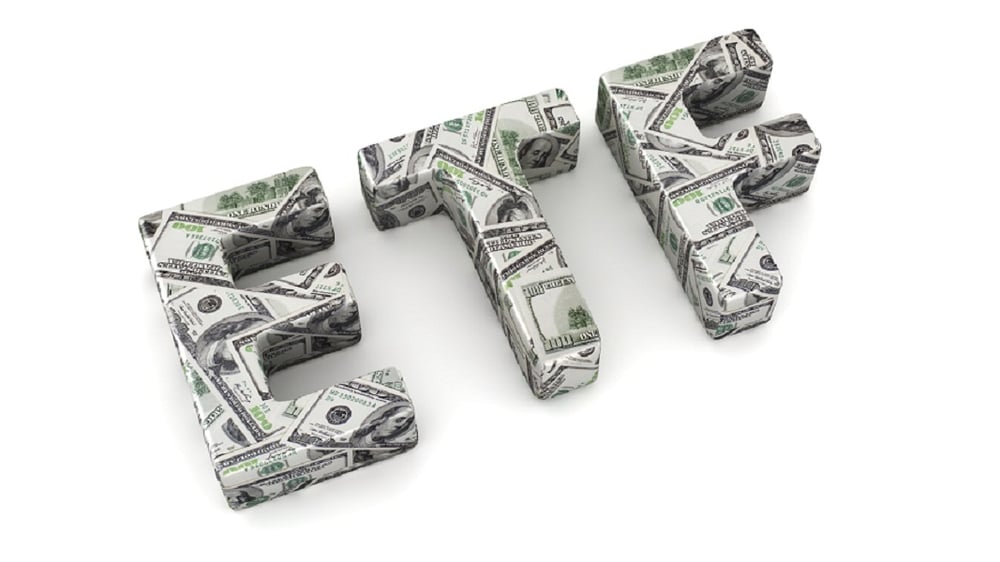When advisers think about what an exchange-traded fund costs, the first and sometimes only factor that comes to mind is its expense ratio.
But Maggie Dorn, vice president and ETF specialist with
American Century Investments, said that conspicuous cost doesn't come close to telling the full story.
"To get past the superficial ways many people look at ETFs, you really have to look under the hood," Ms. Dorn told an audience of financial advisers at the Financial Planning Association's
annual conference in Chicago on Thursday.
ETFs do have explicit costs that are easy to identify. One is indeed the expense ratio, which, according to Ms. Dorn, includes the management fee, custody costs and acquired fund fees and expenses, such as with funds of funds.
Another is trading costs: the commission paid, plus the spread on the security (the difference between the bid and ask price).
But implicit costs lurk shallowly beneath the surface, too.
Capital gains, often less frequently realized in ETFs than in mutual funds — which is why the vehicle is usually considered
more tax-efficient — can in fact come into play. Though many ETFs transact their underlying holdings "in kind," some must transact in cash — one example being high-yield bond portfolios, Ms. Dorn said.
Turnover and tracking error also can affect costs. Tracking error can occur if an ETF's holdings are illiquid.
"Are the shares of those securities trading a lot, and are they trading at the same time you want to?" Ms. Dorn asked. "If you're trying to trade a small-cap emerging-market ETF, maybe not."
In general, she also hammered home the importance of placing limit orders versus market orders at the start or end of a trading day, when pricing is less certain.
"Market orders are what blow people up on ETF trades," she said.
(More: Slow down! Lessons from a flash crash)
But less frequently considered are the opportunity costs of holding one ETF over another — even when it comes to similar funds.
Ms. Dorn said funds tracking the same benchmarks or Morningstar categories can differ considerably based on expense ratio, spread, turnover, capital gains and returns. Product design of the 70+ large-cap value ETFs, for example, varies widely.
Strategies for ETFs, as with mutual funds, also run the gamut in terms of exposures and sector concentrations.
So, while expense ratios are a good place to start, there is much more to consider when weighing the cost of an ETF.
Better yet, don't even start there, Ms. Dorn said.
"The net-of-fees performance is more important than the fees," she said.







